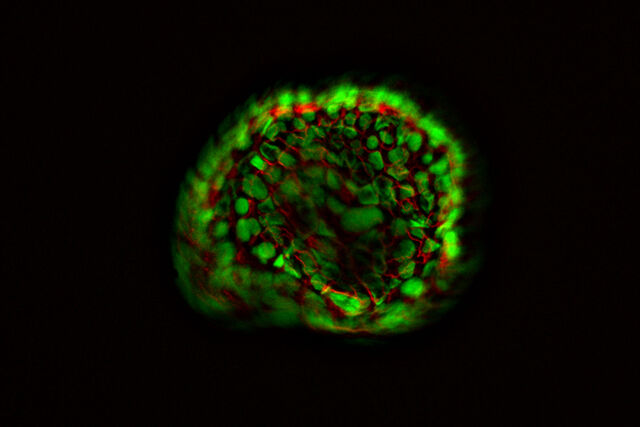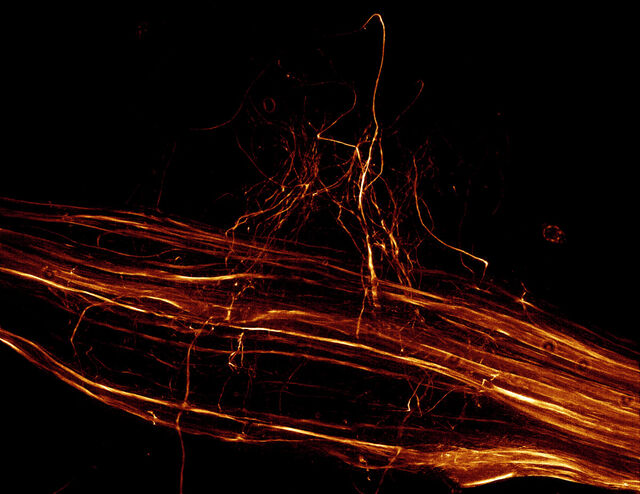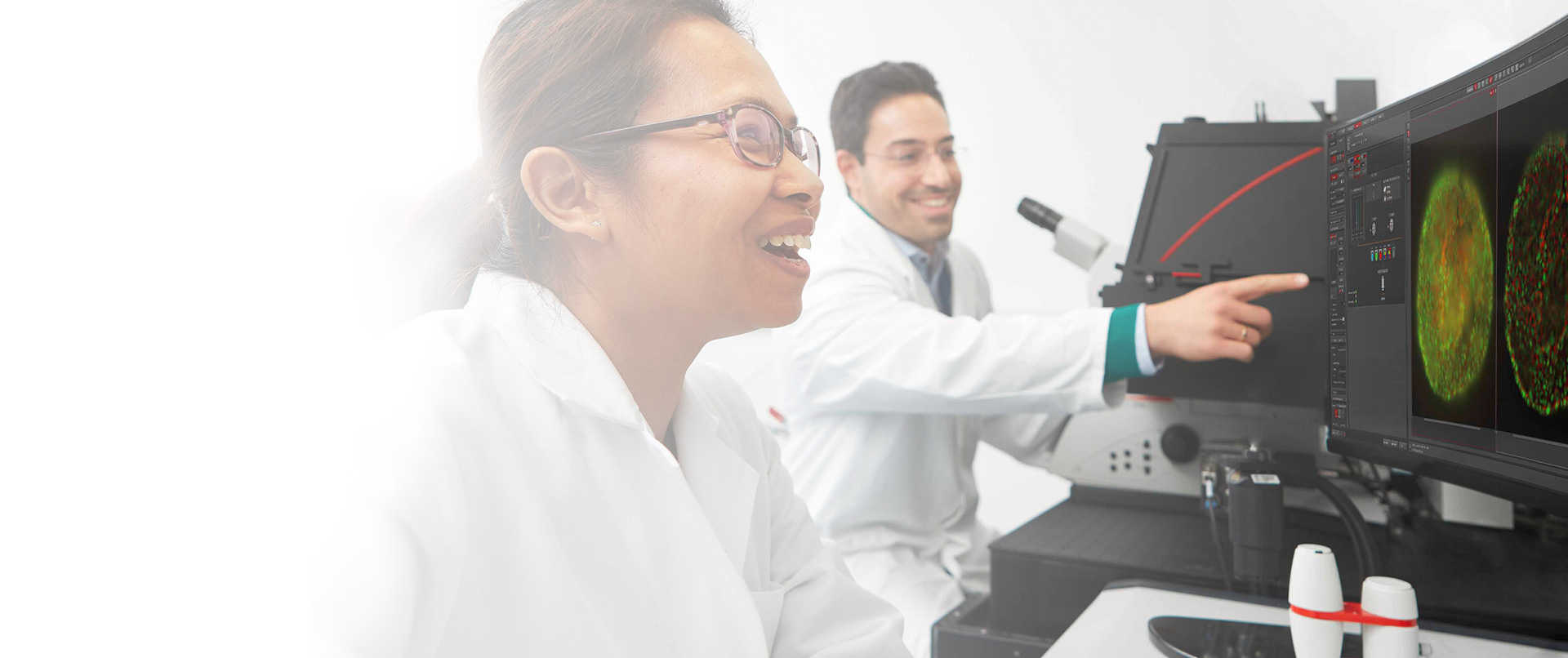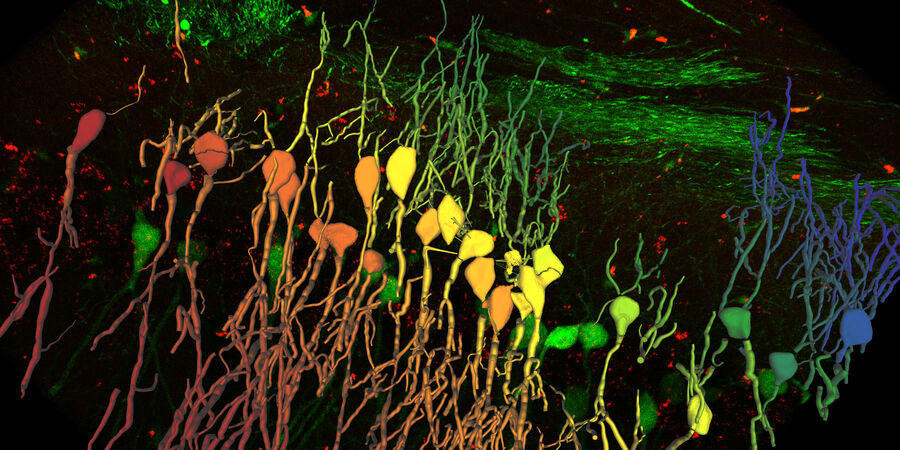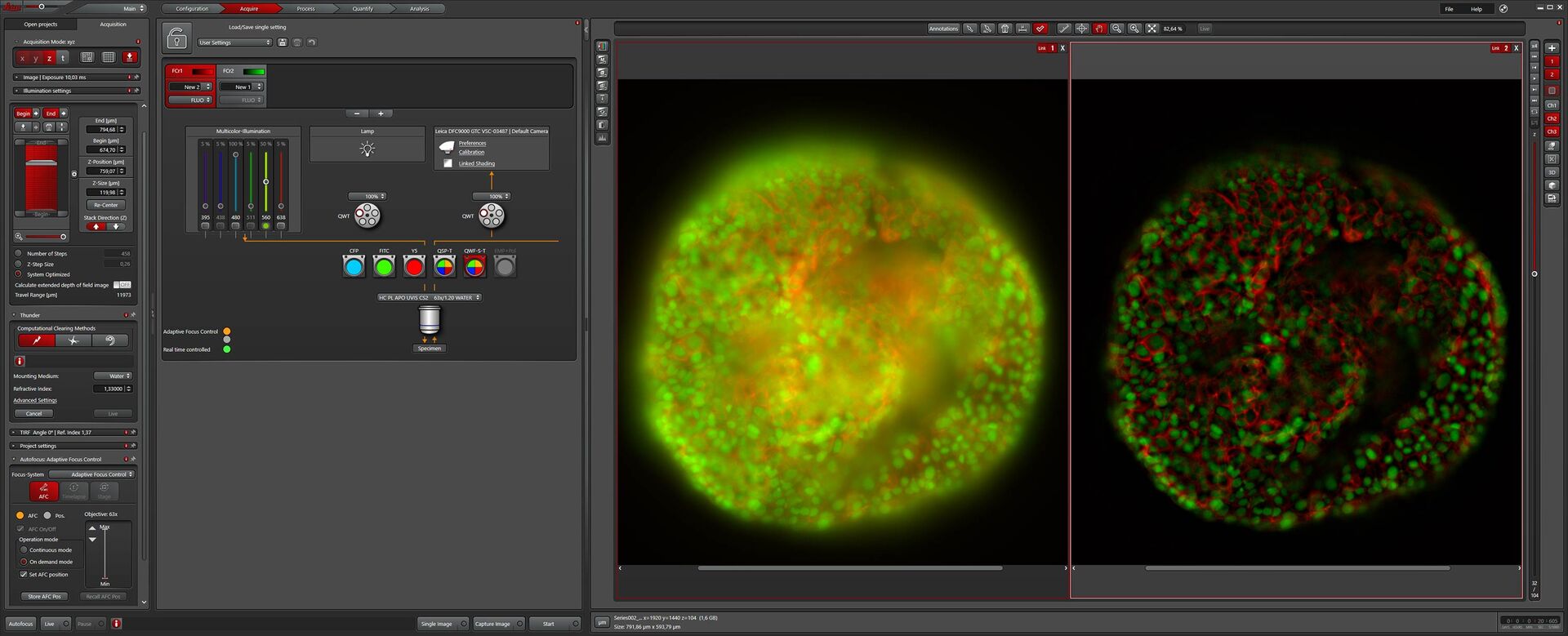
THUNDER Imaging Systems
THUNDER Imaging Systems
製品紹介 Show subnavigation

THUNDER モデル生物
THUNDER モデル生物を用いると、発生生物学・分子生物学研究を目的に、素早く簡単に 3D 観察することができます。
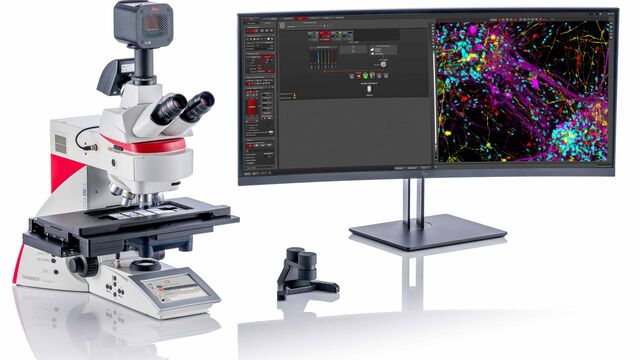
THUNDER 組織標本
THUNDER 組織標本では、神経科学や組織学研究でよく用いられる組織切片の三次元の蛍光像をリアルタイムに取得することができます。
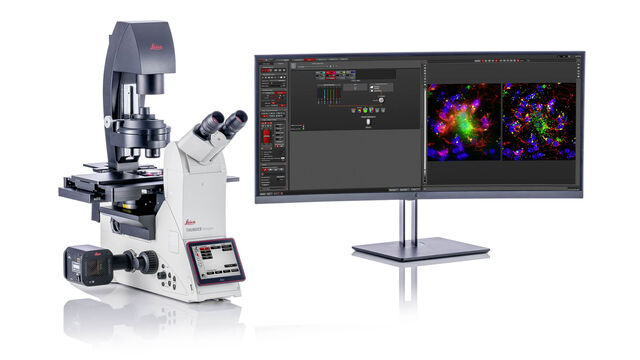
THUNDER 3D 生細胞および 3D 培養細胞
THUNDER は幹細胞、スフェロイド、オルガノイドなど、高度な 3 次元培養アッセイのためのソリューションです。
Leica Science Lab Show subnavigation
Read our latest articles about THUNDER Imaging Systems
The knowledge portal of Leica Microsystems offers scientific research and teaching material on the subjects of microscopy. The content is designed to support beginners, experienced practitioners and scientists alike in their everyday work and experiments.

Designing the Future with Novel and Scalable Stem Cell Culture
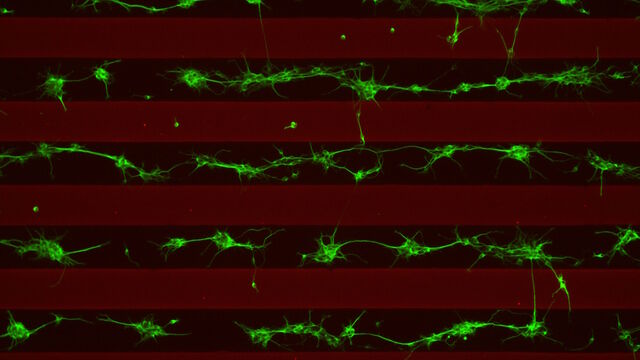
Revealing Neuronal Migration’s Molecular Secrets

How Efficient is your 3D Organoid Imaging and Analysis Workflow?

How to Get Deeper Insights into your Organoid and Spheroid Models

Imaging Organoid Models to Investigate Brain Health

機械受容性経路とシナプス経路の研究に顕微鏡がいかに役立つか

What are the Challenges in Neuroscience Microscopy?

The Role of Iron Metabolism in Cancer Progression

Going Beyond Deconvolution

Find Relevant Specimen Details from Overviews

Accurately Analyze Fluorescent Widefield Images

High-resolution 3D Imaging to Investigate Tissue Ageing

How to Improve Live Cell Imaging with Coral Life

Optimizing THUNDER Platform for High-Content Slide Scanning
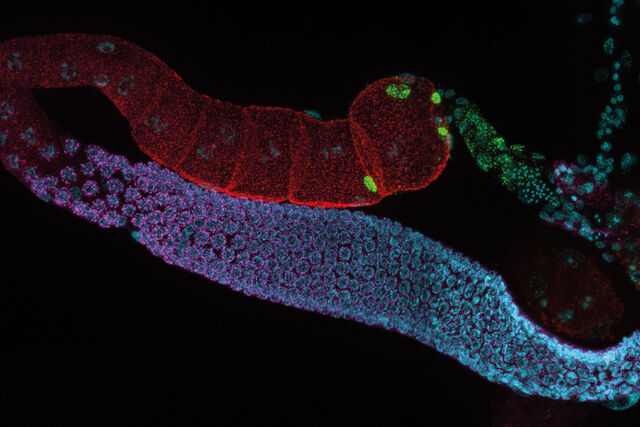
Physiology Image Gallery
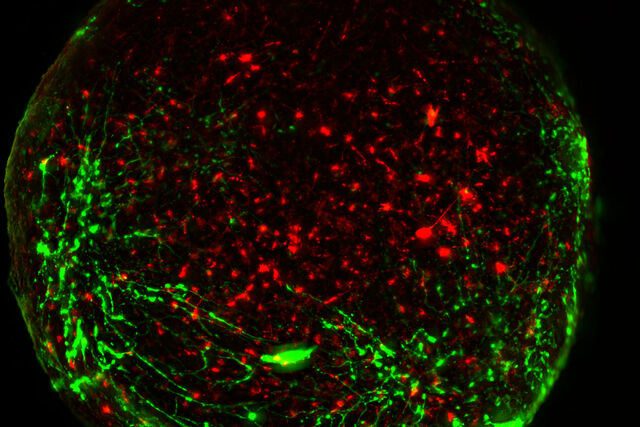
Neuroscience Images
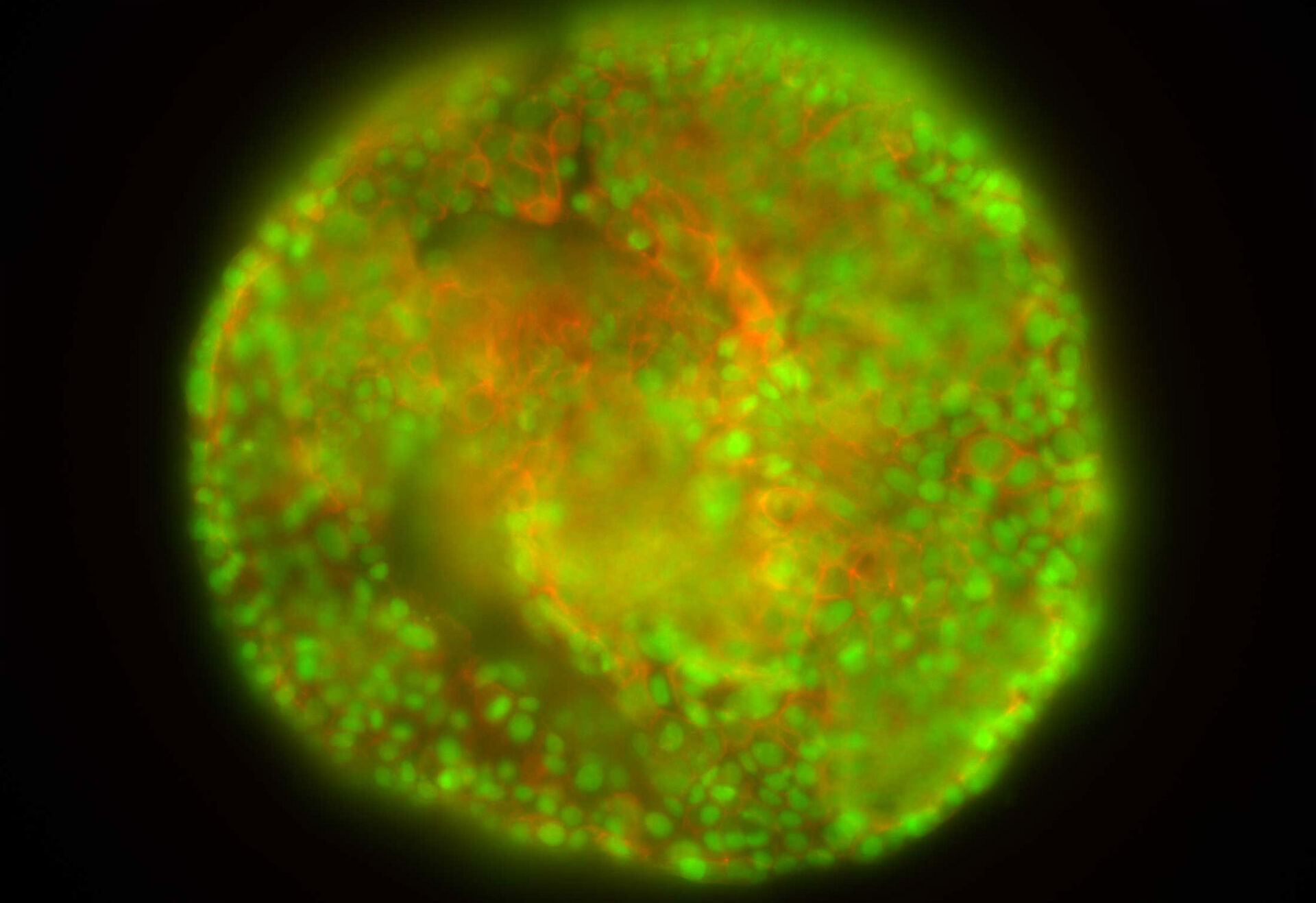 従来の蛍光画像THUNDER画像
従来の蛍光画像THUNDER画像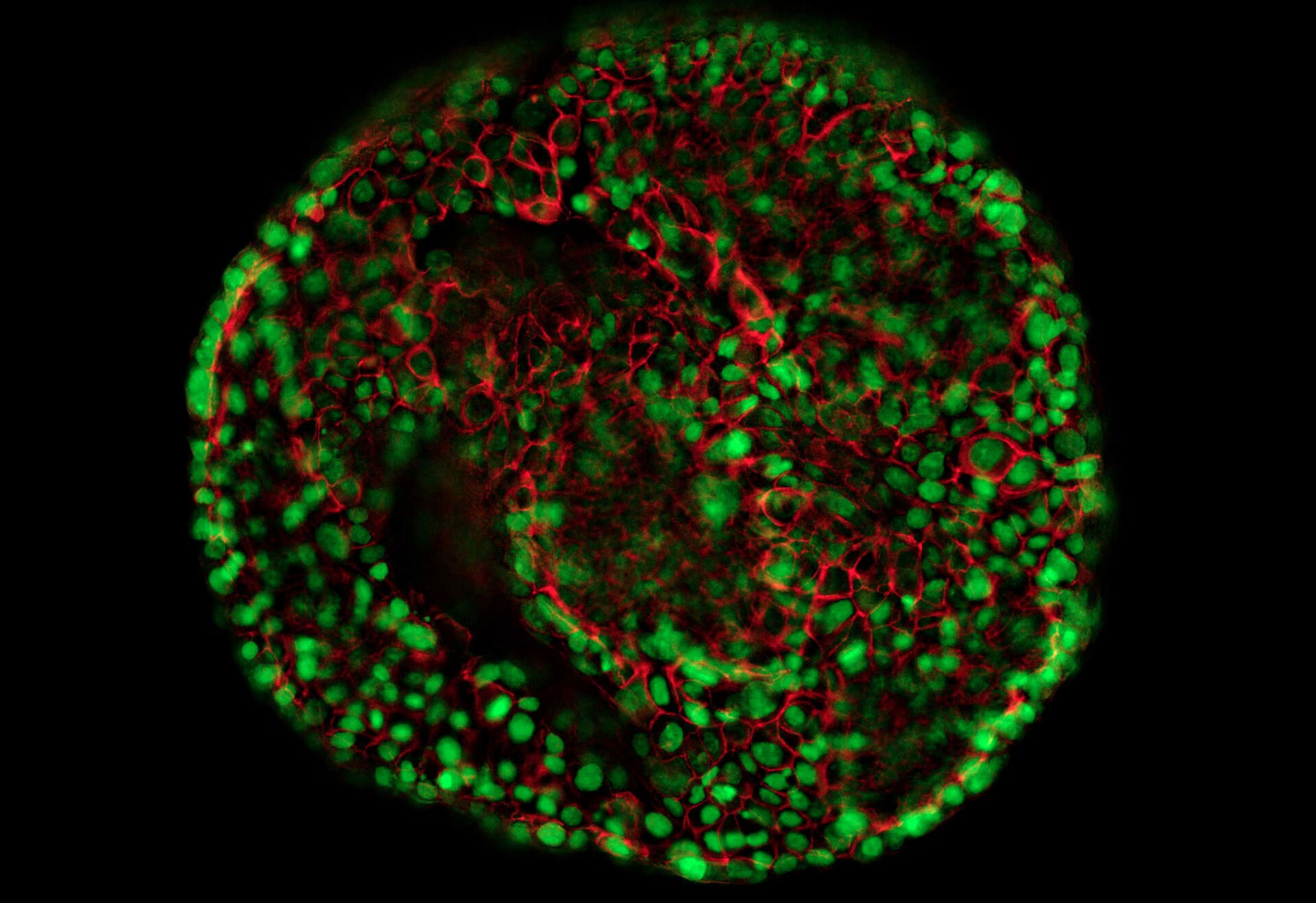
HeLa 細胞(標識;アクチン_Alexa Fluor 568 ファロイジン、核_YOYO 1 iodide)
APAO-AIOC 2025
2025 Singapore ENT-HNS Congress
THUNDER の技術
THUNDER は、最新の Computational Clearing 法を用いて高解像度、高コントラストの画像を計算処理で提供するデジタルオプティクス技術です。Computational Clearing は、厚いサンプルでしばしば見られるフォーカスアウトしたボケ情報を除去します。これにより、z スタックでも深部の一平面画像でも優れた結果が得られます。
ライカの THUNDER テクノロジーは、ボケのない画像をリアルタイムに取得するため、関連する光学的パラメータをすべて考慮します。
テクノロジーノート
まだ疑問な点がありますか?THUNDERテクノロジーに関するより詳細な解説は、テクノロジーノートをご覧ください。
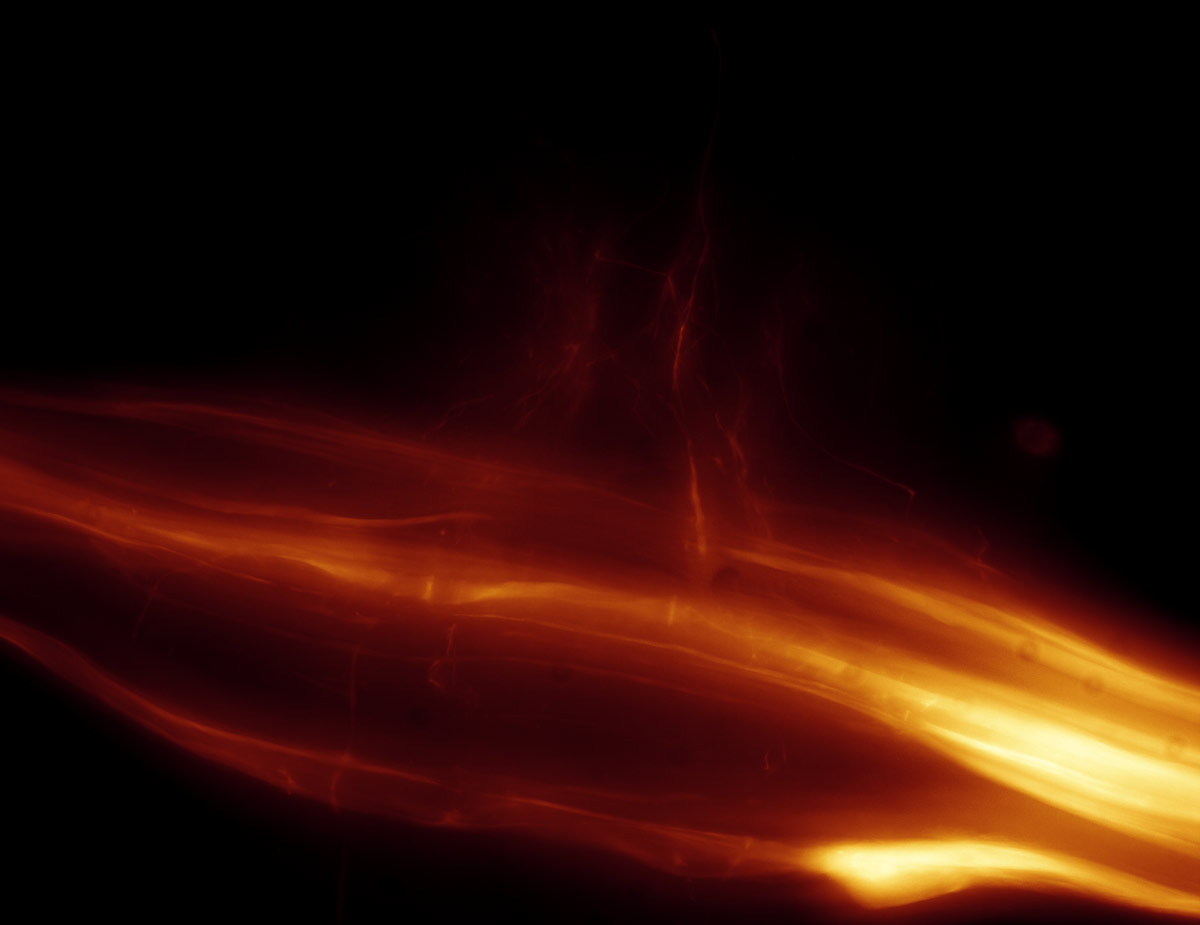 従来の蛍光画像THUNDER画像
従来の蛍光画像THUNDER画像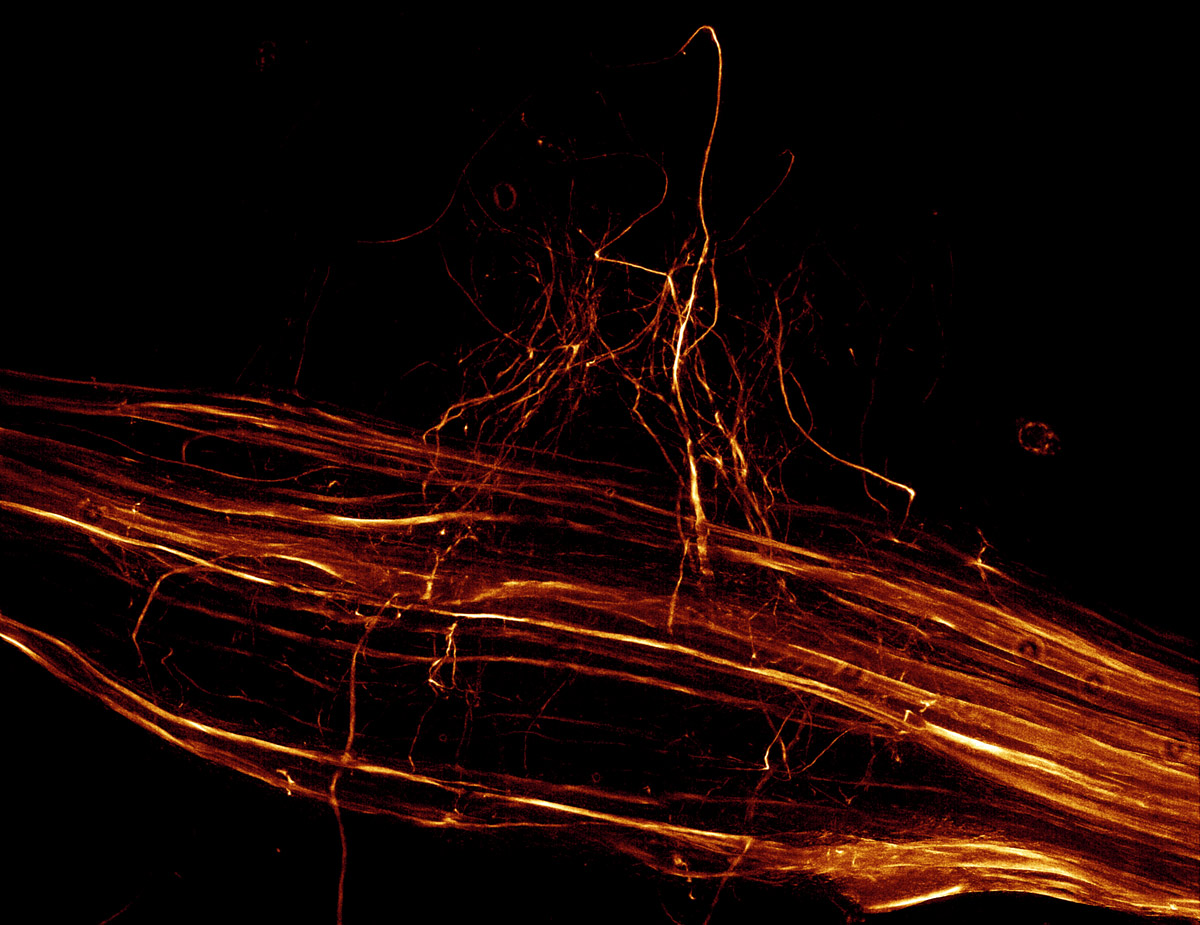
バッタの神経節、従来の蛍光画像(左)、THUNDER 像(右)。厚さ:110µm、データ量:376 MB。Computational Clearing による画像取得時間:3 秒
「大型サンプルでも 2 分以内に驚くほど鮮明な画像を提供する THUNDER はタイムラプス試験に有効です」
